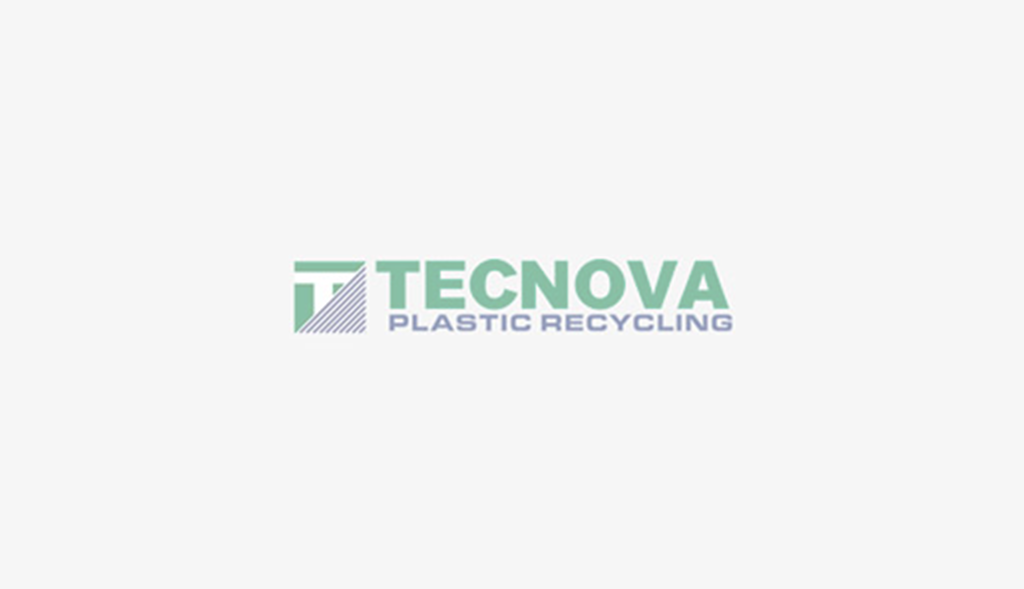-
Plastic Extrusion Machinery and Processes
Its continuous operation facilitates high-volume output, making it especially suitable for meeting d...
-
Plastic Extrusion Machines
What Are Plastic Extrusion Machines How to Use a Plastic Extrusion Machine For which pr...
-
TECNOVA Complete Plastic Recycling Plants
TECNOVA, a leading company in the sector of plastic recycling plants, continues to consolidate its p...
Plastic Recycling Extruder Machine
Revolutionizing Waste Management: The Plastic Recycling Extruder Machine
In a world grappling with the environmental repercussions of excessive plastic usage, innovative technologies are emerging as beacons of hope for a sustainable future. One such groundbreaking invention is the Plastic Recycling Extruder Machine, a powerful tool that not only addresses the plastic pollution crisis but also contributes to the circular economy.
Understanding the Plastic Problem:
Plastic waste has become a global menace, with vast amounts ending up in landfills, oceans, and ecosystems, causing severe harm to the environment and wildlife. Conventional recycling methods often fall short in managing the sheer volume of plastic waste, leading to an urgent need for more efficient and scalable solutions.
The Plastic Recycling Extruder Machine:
The Plastic Recycling Extruder Machine stands out as a game-changer in the field of waste management. This innovative device is designed to convert post-consumer and post-industrial plastic waste into valuable raw materials, giving a second life to materials that would otherwise contribute to pollution.
Key Features:
Versatility: These machines can process various types of plastic, including PET, HDPE, LDPE, and PP, providing a comprehensive solution for different types of plastic waste.
Efficiency: The extrusion process efficiently transforms plastic waste into pellets or other usable forms, minimizing material loss and maximizing the recycling output.
Modularity: Many Plastic Recycling Extruder Machines are modular, allowing for easy integration into existing recycling facilities. This modularity enhances scalability and adaptability to different recycling needs.
Low Energy Consumption: Some models are designed to operate with minimal energy consumption, making them environmentally friendly and cost-effective in the long run.
How it Works:
The Plastic Recycling Extruder Machine operates through a series of well-defined steps:
Collection and Sorting:** Plastic waste is collected and sorted based on its type. Commonly, this involves separating plastics by resin type to ensure a more efficient recycling process.
Shredding: The collected plastic is then mechanically shredded into smaller pieces to facilitate the subsequent extrusion process.
Extrusion: The shredded plastic is fed into the extruder, where it undergoes a melting process. The molten plastic is then forced through a die to create specific shapes, such as pellets or sheets.
Cooling and Solidification: The extruded material is cooled and solidified, resulting in a final product ready for reuse in various industries.
Benefits of Plastic Recycling Extruder Machines:
Reduced Environmental Impact: By diverting plastic waste from landfills and incineration, these machines significantly reduce the environmental impact of plastic pollution.
Conservation of Resources: Recycling plastic using extruder machines conserves valuable resources by providing an alternative to virgin plastic production.
Job Creation: The growing demand for plastic recycling technologies, including extruder machines, contributes to job creation in the green technology sector.
Circular Economy: These machines play a crucial role in fostering a circular economy by reintroducing recycled materials into the production cycle.
The Plastic Recycling Extruder Machine represents a beacon of hope in the fight against plastic pollution. As the world grapples with the consequences of excessive plastic consumption, innovative technologies like these offer a practical and scalable solution to turn the tide. By embracing such advancements, we can move towards a more sustainable and environmentally conscious future, where plastic waste is transformed into a valuable resource rather than a global threat.
